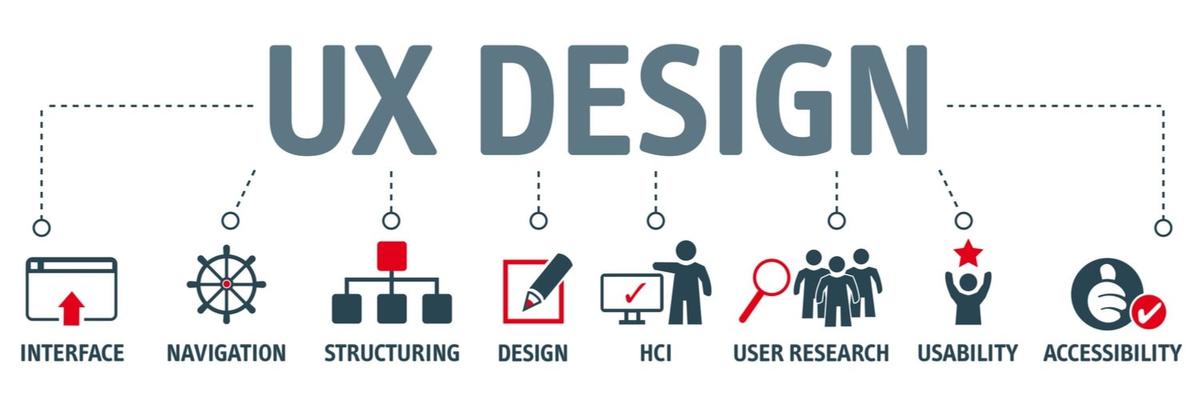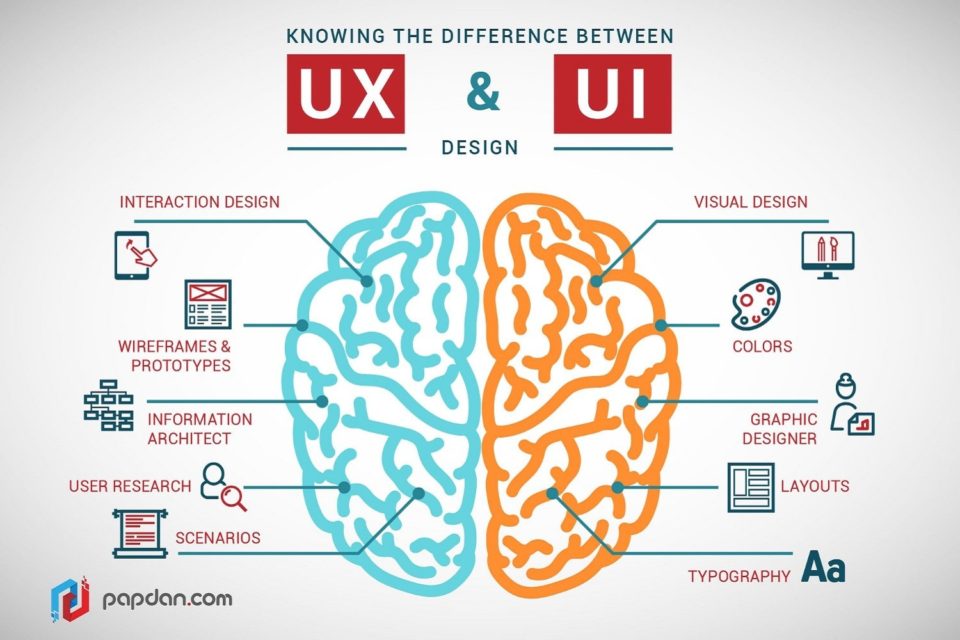AI or Artificial Intelligence has been gaining momentum for years now. Contrary to popular belief, technology is not here to eat up jobs or replace human operators. Instead, AI simplifies repetitive tasks and helps businesses create a personalized experience for their customers. Some of the popular uses of AI are facial recognition, chatbots, pattern identification, and digital content analysis.
AI has become the foundation of business strategies across several industries, including healthcare, technology, automobile, and academic research.
Let’s talk about the role of AI in UX.
- How robots, AI and machine learning are going to affect or revolutionize the life of UX designers?
This question does make sense as the design is a complicated field. Two plus two doesn’t always equal four in this field. For example, it is challenging to decide if your app’s menu will be shown or hidden under a hamburger icon simply based on the items it includes. Or you can’t decide beforehand that you need a 2 or 3 column grid on your app solely based on the number of images or the size. Sometimes, the color scheme has to go beyond the color wheel. Simply put, it is the process that is completely relied on the designer’s aesthetics. The machine can’t replace the human brain when it comes to creative works like designing.
Despite this fact, AI can be very useful in UX. It not only saves time and hassles but also enhances the effect. Here’s how…

Eliminating the Mundane Tasks
I think that 20% of our time is being consumed in repetitive designing tasks. Good thing is that AI can be really useful here. Yeah, human eyes are still needed to make sure the tasks are being done right.
Abode has announced Sensei, an AI tool that will simplify the task of designers. Adobe Scene Stitch is another example that spots patterns in the image to help designers edit, path or even entirely reinvent certain things. The Content-Aware Crop protects the subject of the photo from accident cropping—another fine example of AI’s role in UX.
In 2017, Airbnb announced a new machine learning algorithm that could turn any rough paper sketch into code, that’s too in real-time.
These are just some examples of how AI can free designers from repetitive tasks so that they can focus on something more productive.
Personalized Branding
One of the key benefits of AI is to create a more personalized, focused advertising message. The technology tracks and records the user’s behavior and preferences. And this data can be used in creating branding content like landing pages.
For example, AI tools can source data from social media platforms where users like share, make a comment or show interest in products online. Over time, with more data, AI then segregates audiences into smaller and more defined groups, unless it offers customized marketing and advertising.
Plus, AI can keep in sync with other metrics like bounce rates, the location of users, exit pages and more.
Creating Visual Styles Based on Image Recognition
Apps like Prisma and Artisto apply intelligent filters to images and videos based on the image recognition method. It determines if an image contains orange or a lion and chooses the best visual effect accordingly.
Another cool example of the AI’s role in the design is Google’s AutoDraw that automatically completes your sketches with enhanced effects.
Enhancing the User Experience
UX design is all about creating a positive user experience. And AI can help you achieve this goal. As I have told you before that AI can customize your content to the user’s preferences.
For example, Facebook uses AI to pick the content in the images uploaded on its platform. This helps Facebook can create more relevant advertising. Besides, it can read the content of the images to the visually impaired users who use screen reader software.
Last note
AI is a much-needed technology to be introduced in UX design. It lets us focus on the more strategic side of design as it automates repetitive tasks. Plus, it helps make the design more relevant, smart and efficient for the users.
Over time, people are looking for more automation in their digital interaction. As such, the responsibility of a UX designer is to capitalize on machine learning to create unparalleled human experiences with their digital products. What do you think? Do you use some sort of AI in your designs? Let me know by commenting below.
Author Bio: Helen Wilson is a marketing manager at Savah, a product that helps teams with an all-in-one platform for prototyping, design collaboration tools, and workflow.
Image Credit: papdan.com
Don’t Miss To Read Related Stories
- How Web Designers Can Create a More Engaging UI and UX
- Aida Review: The Most User-Friendly Online Form Builder
- Rural Healthcare Can Foresee A Possible Transformation Because Of AI
- How Can Adopting BI Tools Be a Game-Changer for Your Org?
- Top 6 Hottest IT Technology Trends 2020
For More Information and Updates about Technology, Keep Visiting Etech Spider. Follow us on Facebook, Twitter, Instagram, and Subscribe for Daily Updates To Your Mail Box.




